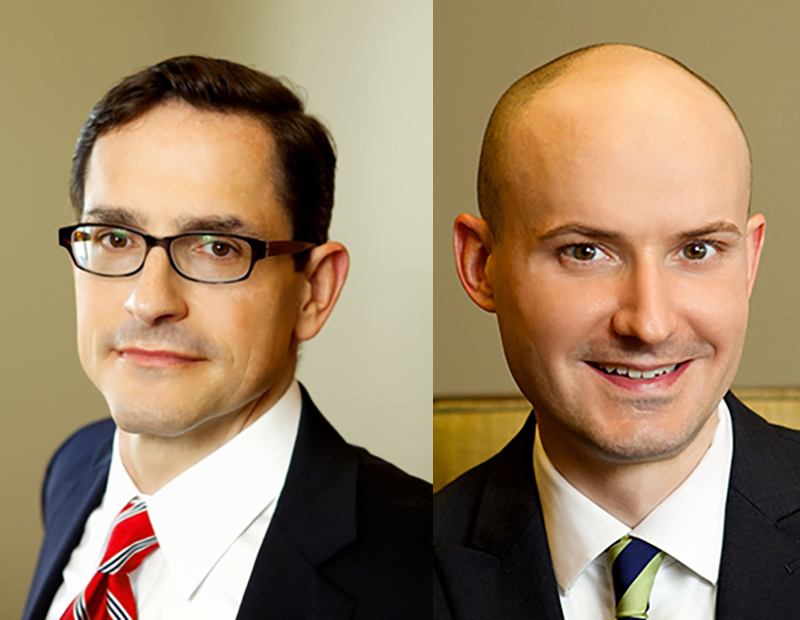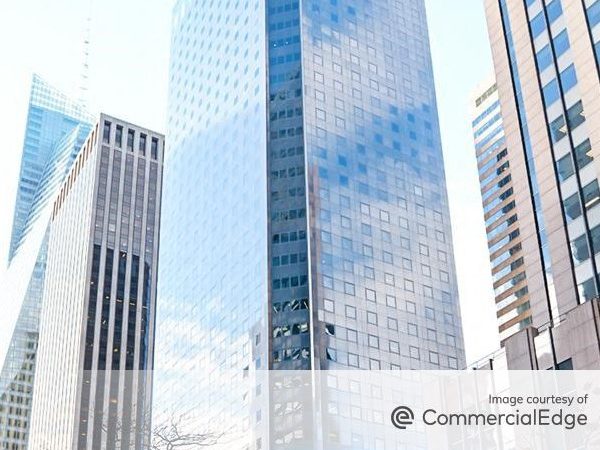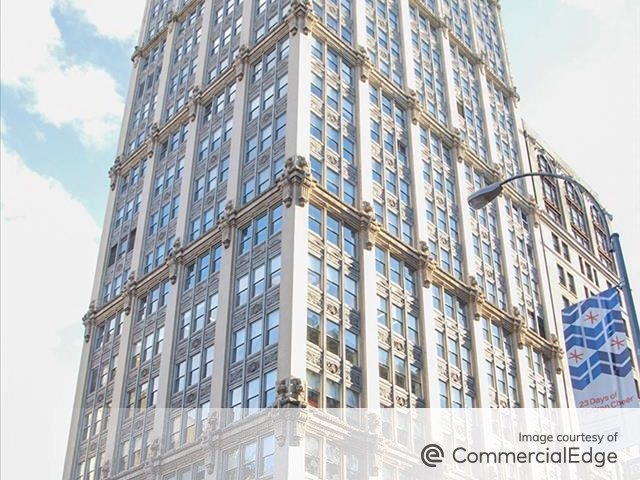Industry Flexibility Peeks Through Distress
While not all metrics among the asset classes are positive, each sector offers points of optimism, notes Pat Jackson of Sabal Capital Partners.
As we enter the beginning of the end of one of the strangest trials of our lifetimes, the commercial real estate industry is revealing signs of both distress and hardiness. There is little dispute that COVID-19 wreaked major havoc in the areas of rents, vacancies, finance and even construction across numerous asset classes.
Naturally, some sectors are on stronger footing today than others whose complete distress has yet to transpire. However, metrics measuring performance during the tail end of 2020 through the first quarter of 2021 indicate that dynamics in some asset classes are starting to turn around, even if just a little bit.
The vaccine rollout and subsequent jumpstart in economic activity has undoubtedly played a major role in the shift. In mid-April, TreppWire’s “Week in Review” podcast indicated that, despite the short pause in the administration of the Johnson & Johnson vaccine, daily inoculations in the U.S. exceeded 3.3 million, and economic news pointed to a recovery.
Property Metrics
Office remains one of the most closely-watched sectors, with industry insiders debating whether America’s workforce will return to its pre-pandemic norms. An analysis prepared for the Wall Street Journal by data firm VTS, which tracks tens of thousands of negotiations across the United States between landlords and tenants, sheds some light. Indicating that large companies are making plans to maintain their city-center office locations, the report also points to them reducing space, thus driving down lease rates.
Additionally, Q1 rent proposals suggest many companies active in large markets like New York, Chicago, San Francisco and Los Angeles, are embracing a hybrid work model allowing employees to work remotely, at least part of the time. Despite these negative factors, the report finds a bit of encouragement for big landlords. Many tenants are asking to sign longer-term leases rather than cut ties to pursue full-time employee work-from-home scenarios. Thus, some buildings may remain profitable even if their revenue takes a hit.
The darling of the industry during the pandemic has been industrial, and the numbers prove it. CBRE indicates the U.S. closed out 2020 with record industrial fundamentals. The fourth quarter of 2020 was the year’s strongest, capping robust annual demand and setting the stage for a bright outlook this year. COVID-19 increased e-commerce’s share of total retail sales, driving demand for industrial space. The year of 2020 brought 264.7 million square feet in construction completions, up 9.5 percent over 2019. A record 104 million square feet was absorbed in Q4 2020, bringing the total to 223.5 million square feet, 11.8 percent higher than 2019. Asking rents also skyrocketed to a record $8.24 per square foot a year in Q4, up 8.3 percent from Q4 2019—the highest annual growth rate on record.
Finally, the pandemic stressed apartments, with research pointing to pressure manifesting primarily in rent declines. Asking and effective rents fell by 3 percent over the course of 2020. In Q1 2021, multifamily performance metrics barely budged, with vacancy rates trending flat at 5.3 percent. Asking and effective rents during the same period slid, but only by 0.2 percent—a significant pullback in severity relative to quarterly figures from the latter half of 2020. One argument being made asserts that most multifamily markets are approaching the bottom of the current crisis. REIS has been projecting that multifamily will turn around this year.
However, eviction moratoriums and federal stimulus funds are also likely clouding the full picture and delaying some of the sector’s distress. The complete amount of delinquent rent and utilities will ultimately need to be recovered. However, even with the multifamily sector’s issues still looming, the COVID-19 crisis proved just how essential apartments are. Demand still far outweighs supply, particularly in the affordable and workforce arenas. Therefore, apartments are expected to rebound, especially the properties targeting lower-income Americans.
While not all metrics for the various asset classes may be positive, some points of optimism can be found in each sector. If anything, as the general economic recovery proceeds, asset classes like office will need to be reimagined to accommodate sweeping trends catalyzed and accelerated by the pandemic. But if the Great Recession taught us anything, our industry will adjust and again find its way.
Pat Jackson is CEO of Sabal Capital Partners LLC, a single-source commercial real estate lender operating nationally. Among its robust offerings, Sabal is a proud partner to both Freddie Mac and Fannie Mae, providing affordable, workforce and conventional loans for multifamily properties across the country. The company also offers a conduit CMBS program for core commercial real estate loans.








You must be logged in to post a comment.